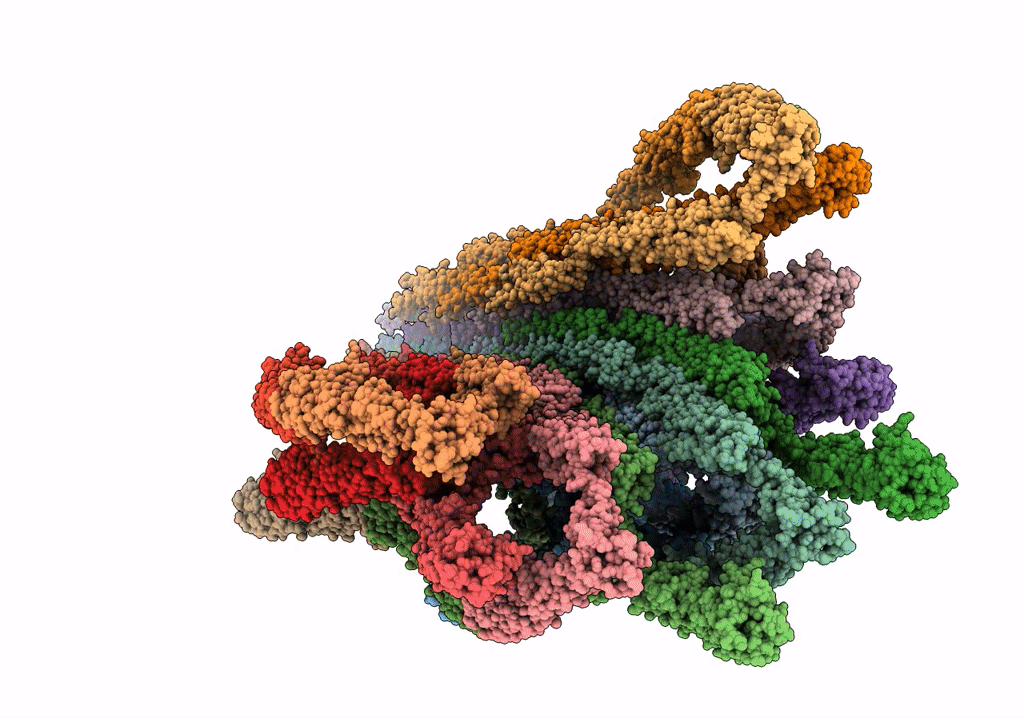
Deposition Date
2021-10-27
Release Date
2022-03-16
Last Version Date
2024-06-05
Entry Detail
PDB ID:
7SN7
Keywords:
Title:
Cryo-EM structure of the enteropathogenic E. coli O127:H6 flagellar filament
Biological Source:
Source Organism:
Escherichia coli O127:H6 (Taxon ID: 168807)
Method Details:
Experimental Method:
Resolution:
4.20 Å
Aggregation State:
FILAMENT
Reconstruction Method:
SINGLE PARTICLE


